The red picket signs and the fists in the air are gone from Chicago’s streets. Students have been back in school since Sept. 19 and will have to spend some holiday time in school to make up for missed days due to the early-September strike by the Chicago Teachers Union (CTU). Life goes on. Some parents questioned the strike methods.
Meanwhile, on Oct. 2 the CTU voted 16,428 to 4,337 to accept the new contract with Chicago Public Schools, which means the strike is officially over.
The contract is good for three years.
“Being the third-largest school district in the nation, it has gotten a lot of news and I’m sure it’s going to make a lot of people think about what they should do in the future,” said Bruce Bohren, president of the Illinois Parent Teacher Association (PTA) in a phone interview.
Chicago has 40,678 employees in Chicago public schools. Though the CTU has an estimated 30,000 members—retirees are members as well—it’s not just the number of union members that play a role in the outcome of a strike.
Looking back, striking is almost like a sports game. It’s all about the fans. Reactions to the strike were mixed, and each team continues to present an agenda to garner public support as education reform continues beyond the strike.
Public servants, like teachers, firefighters, and nurses, are not really dealing with a product. Dr. Victor Catano, professor of industrial organizational psychology at Saint Mary’s University, said in a phone interview that when they go on strike it’s the third parties, or “people like the civilians,” who get stuck in the middle, experience the most stress, and play the most important role.
Rebecca Labowitz, a Chicago parent and blogger on education in Chicago, wrote on CNN that she was sensing an “uptick of anger,” with parents inconvenienced by the strike, schooling put on hold, and uncertainty about what the situation will be day-to-day.
The Chicago Tribune ran photos of parents in their own protest, with signs reading “Go Back to Work, My Child Needs to Be in School.”
“When they realize that they have conflicting feelings for the wonderful teachers in their schools versus that of the CTU, they get mad,” wrote Labowitz on CNN. She wrote that parents questioned the whole concept of striking and wondered “whether there can be a more collaborative way.”
Other parents decided to join the CTU picket line or honk their horns.
Nick Kaleba, director of communications with the Chicago Federation of Labor, said in a phone interview that the CTU had strong support, and “made a very concerted effort to reach out to parents to let them know that what they were fighting for … things that resonated with a lot of parents.” Kaleba said that when unions say they are fighting, that they are not really calling for a fight, but saying that they don’t plan to back down.
Public opinion is a big concern in a strike. Parents’ views and attitudes count. “Do they support them or not? Do they honk their horn or not?” asked Catano.
He has done extensive research on bystanders’ stress levels in a strike. There is always a desire for the strike to end, according to Catano.
He gave the example of a hockey league. The employers have locked out the employees saying that, ‘You have to agree on our terms or you cannot go to work and the company will be shut down.’ For the employees, striking is a similar tool. They might think, ‘Well, if we can’t reach an agreement, we are going to do some economic havoc on you.’
“The fans are out on the streets saying, ‘Resolve this thing. We are caught in the middle. We want to see our games play.’ You have the same thing in public sector strikes,” according to Catano.
“With teachers going on strike, it is the students and parents who are rightfully concerned,” he said.
As education reform is pushed through the nation by legislation, many sides will jockey for public support.
The Epoch Times publishes in 35 countries and in 19 languages. Subscribe to our e-newsletter.
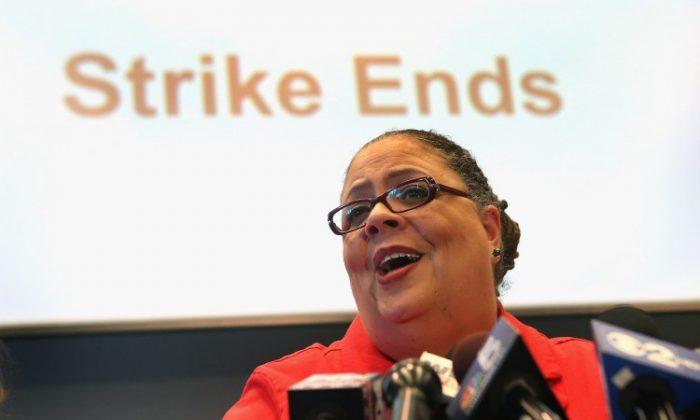
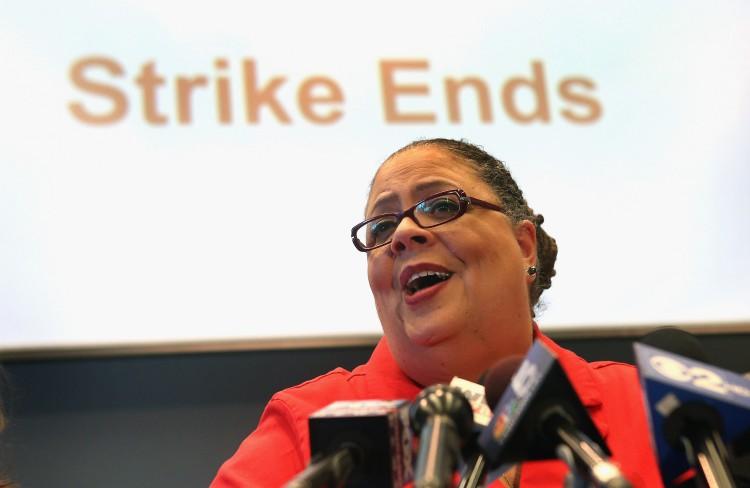
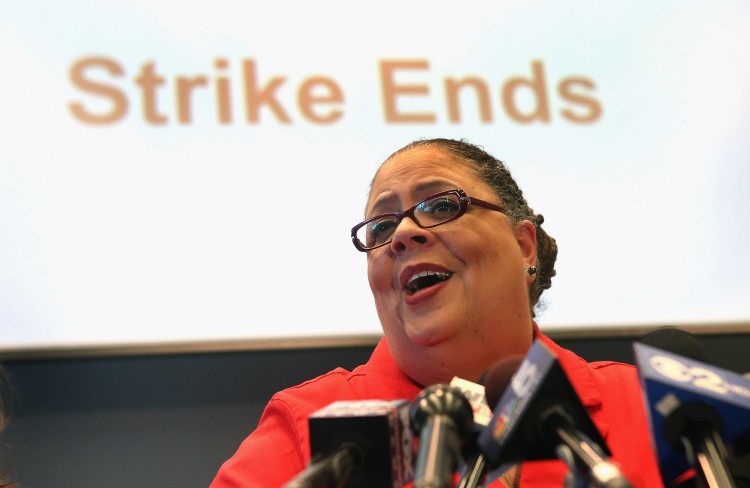


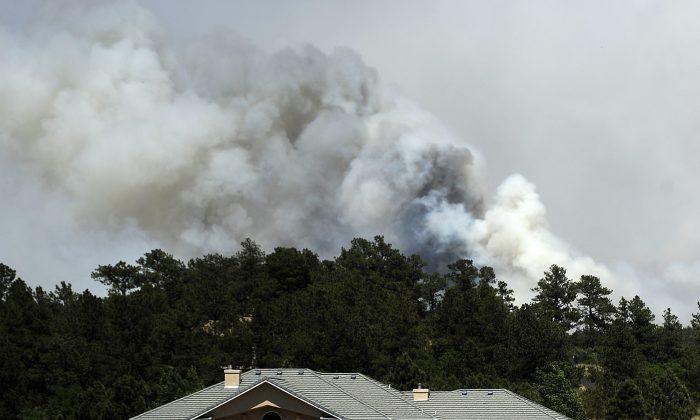
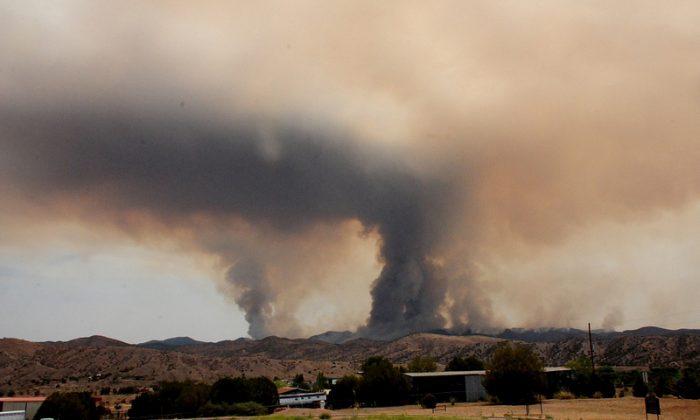
Friends Read Free